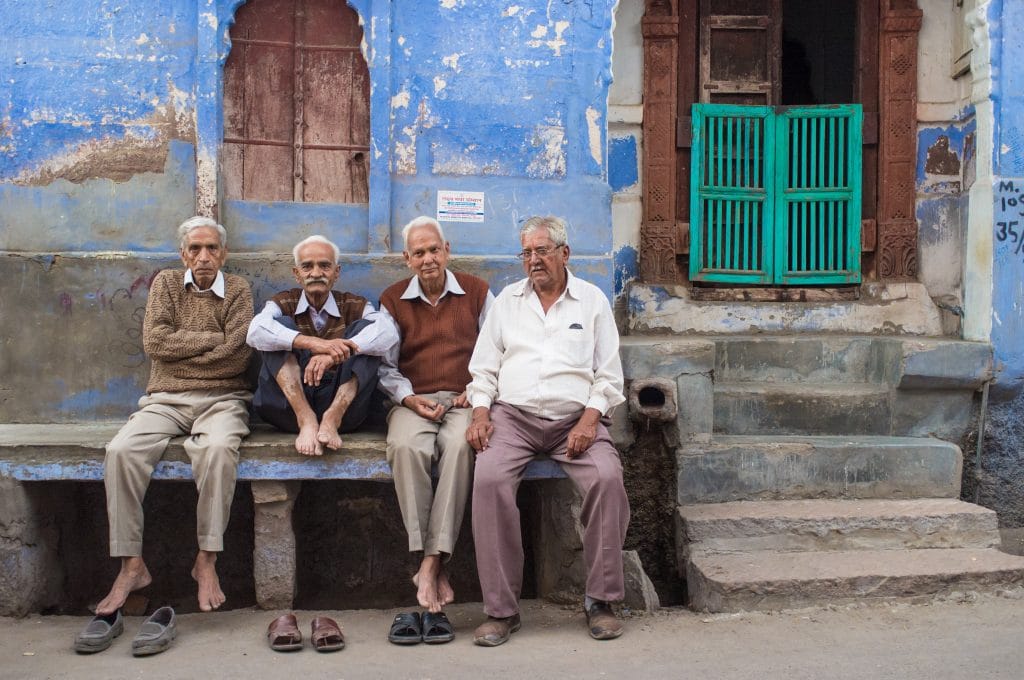The World Economic Forum (WEF) has released its latest Global Competitiveness Index analysing statistics such as life expectancy — and the results do not reflect well on India.

The index analyses a number of metrics, from health data to economic performance. In many of these categories, India is not only being outperformed by its neighbours, its position on the chart is actively falling.
India has dropped down ten places to rank 68th on an annual global competitiveness index, though this was largely attributed to improvements witnessed by several other economies. Metrics were largely positive in terms of economic performance, stability and growth. However, other factors hold the nation back while others surge ahead.
Some major shortcomings were highlighted in the report in some of the basic enablers of competitiveness, the WEF said, in particular noting limited ICT (information, communications and technology) adoption, poor health conditions and low healthy life expectancy.
The average life expectancy in India has shown remarkable improvements over recent decades. Even in the last few years there have been notable increases. Across the 2012-16 period, life expectancy was 68.7 years, with men living for 67.4 years and women for 70.2 years on average. As of the 2013-17 period, life expectancy has gone up to 69 overall and to 67.8 and 70.4 for men and women respectively. In the last four decades, life expectancy has increased dramatically by 19.3 years.
While the improvements are both drastic and commendable, India still has a long way to go in improving life expectancy on par with other nations – including its neighbours. In its current state, India has been ranked 109th out of total the 141 countries surveyed for the index. The current life expectancy in the country is one of the shortest outside Africa and significantly below the South Asian average.
Yet why, after such remarkable progress, is India still lagging behind? The answer can, at least for the most part, be attributed to inequality. India’s cities typically hold relatively higher levels of access to healthcare compared to rural areas, with a higher concentration of doctors and hospital beds. In rural areas, there is a disproportionate lack of infrastructure and workers.
While schemes such as Ayushman Bharat may provide insurance cover to rural families, whether they may find a hospital that provides the services they need is another matter. The issue may be alleviated as plans from the Centre highlight the intention to build more primary health centres. If this occurs across rural India, the country may indeed see its healthcare metrics improve in line with its southeast Asian neighbours. For as long as those in rural India continue to lack proper access to healthcare, metrics are unlikely to rise.

